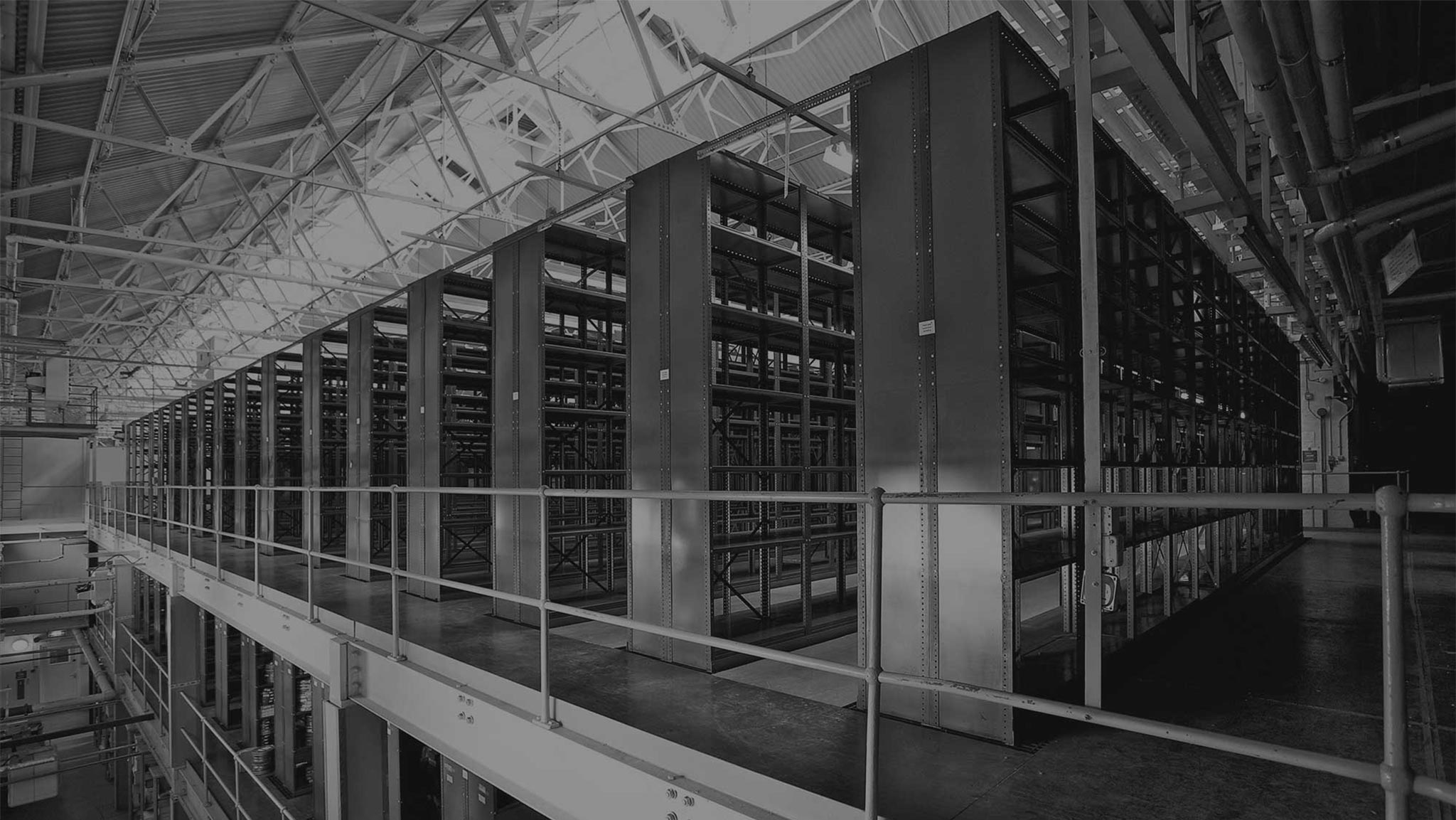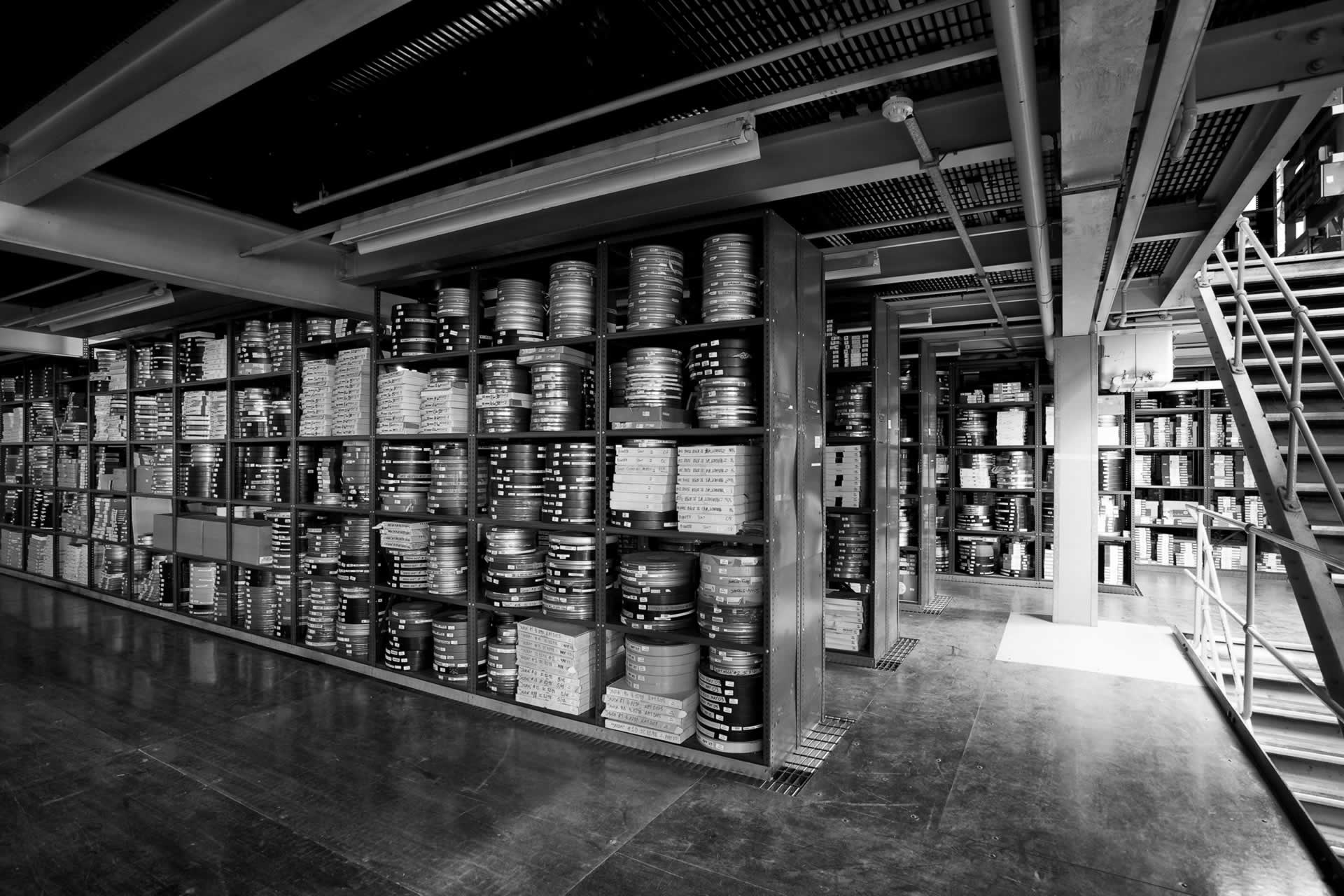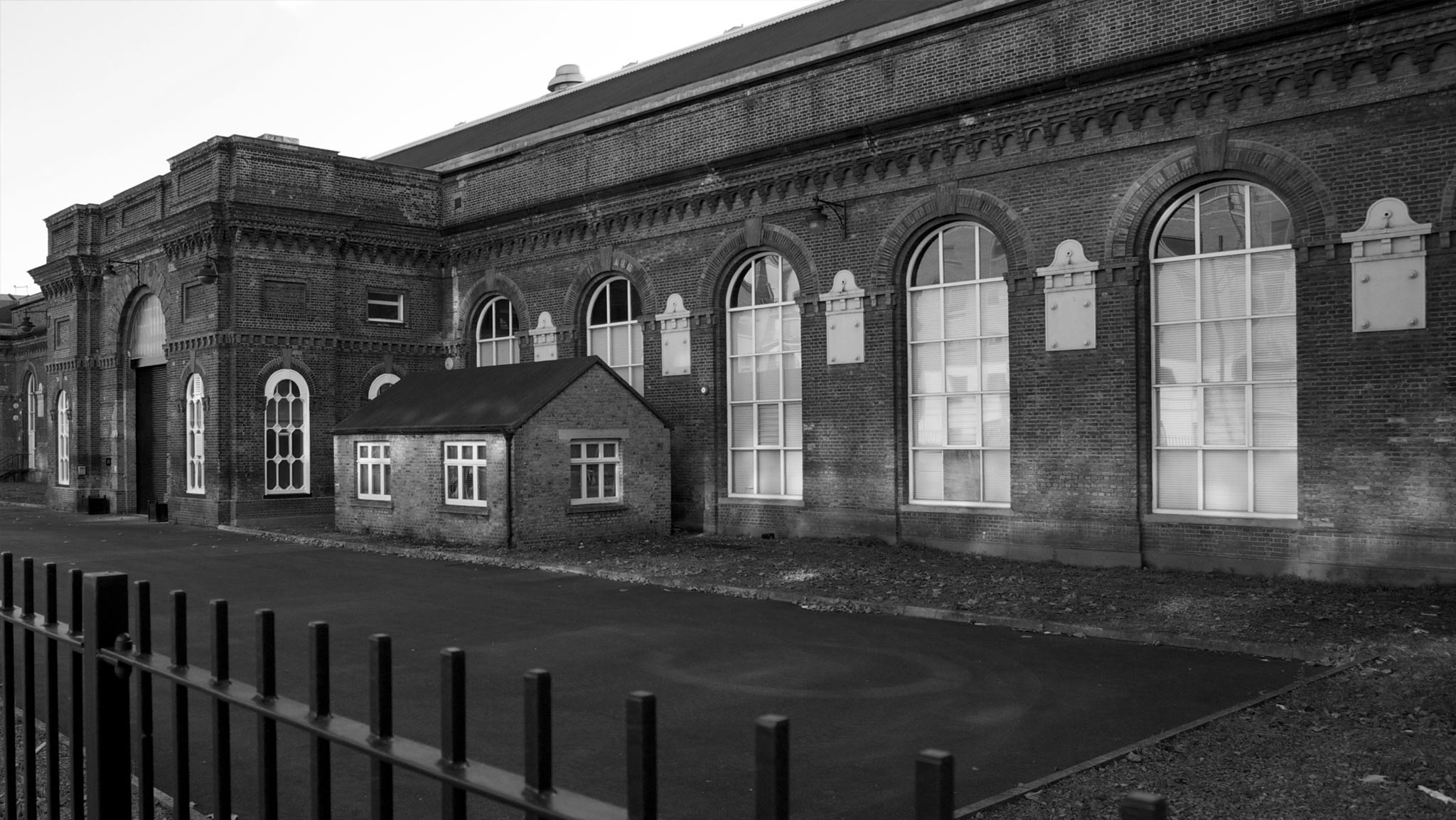The Best Ways to Safely and Legally Destroy a Hard Drive
Our hard drives contain a vast quantity of valuable data. Whether it’s important financial records, staff files, H&S paperwork or security information, the hard drives in our work systems provide thieves with plenty of potential opportunity. This means that when it comes to replacing a hard drive, it’s important to ensure the one being destroyed is done safely so that valued data doesn’t fall into the wrong hands.
As previously mentioned in earlier blogs, 50% of businesses in the UK have experienced some form of cyber security breach in the past 12 months. With critical data sitting idle on various systems, destroying redundant or old hard drives should be an important part of your data security processes.
There are a host of methods available to safely destroy a hard drive. In this blog, we will review these methods, along with common misconceptions on what constitutes correct hard drive destruction.
What are the best ways to destroy a hard drive?
Many believe that destroying a computer will also destroy the hard drive, but this isn’t quite the case. The valuable data stored within the hard drive sits upon the magnetic disk within the unit, so removing the drive and throwing it away, drilling into it or hitting it with a hammer won’t reduce the risk of information being stolen from it.
There are a few ways you can safely complete hard drive destruction without the worry of information theft.
Shredding a hard drive
Shredding a hard drive is one of the most effective ways to safely ensure that the data held on it is not accessible to anyone. Specialist companies like Stockroom London can arrange for the use of industrial shredding machines that break the unit and the magnetic disk into tiny fragments, making it impossible for anyone to piece it back together and access the information.
Degaussing a hard drive
Similar to shredding, degaussing provides a complete cleaning of the hard drive, making its data unobtainable. This process works by sending a strong magnetic pulse through the unit, instantly wiping it clean of anything stored on it. By eliminating the magnetic fields on the drive, it effectively becomes useless to anyone who obtains it. It is unlikely to find a degaussing facility within the workplace, as they are expensive and substantial in size, so it is worth approaching a specialist to do it for you.
You could even combine shredding and degaussing for added security. This way, the data is wiped and then the hard drive is shredded into fragments, removing all opportunity for a potential data transfer.
How not to destroy a hard drive
Some assume that you can simply smash a hard drive with a hammer, drill a hole in it or even submerge it in water to remove all the data, but unfortunately none of these methods are effective.
Hitting a hard drive with a hammer
Attempting to break your hard drive with a hammer could cause injury, and could mean that not all parts of the drive are sufficiently damaged. Plenty of criminals will have the ability to retrieve information from a hammer-beaten hard drive.
Drilling holes in a hard drive
You might think that a hard drive with several holes through may do the job, but this isn’t the case. There will still be large areas of the hard drive that are untouched, which could be all that is needed for a thief to gain access to classified information.
Using a magnet
If you have already seen the above detail on degaussing, you might wonder why we advise against using a magnet on your hard drive. In simple terms, they are two very different things. Degaussing uses a strong magnetic field to wipe the drive, but a simple magnet cannot achieve this. In previous years, a magnet may well have corrupted a hard drive, but technology has evolved beyond this being effective.
Putting a hard drive in water
You may think that submerging any electrical item in water would destroy it, but with a hard drive, the magnetic element of the drive will not be compromised at all if immersed.
Can I simply delete all data from my hard drive?
If you delete items from your computer, they don’t truly vanish until something else fills the space those items occupied. This means that deleted files could still be accessed remotely by data thieves, who can use retrieval tools to access files thought to be permanently erased.
The risks of not destroying a hard drive properly
Failing to destroy an old hard drive properly could risk more than just data being stolen. There is a theft risk if an attempted hard drive destruction is unsuccessful, but there are also risks to health and the environment. Hard drives are complex pieces of technology, containing harmful and even toxic materials. Failure to destroy them properly could risk you, your colleagues or the environment being exposed to dangerous materials.
The importance of destroying a hard drive safely and compliantly
Proper hard drive destruction ensures that you don’t put yourself at risk of any of the factors detailed above, also ensuring that you remain compliant – data protection laws are there to protect you and your employees. Failure to comply by using insufficient disposal or storage methods can result in heavy penalisation, risking harm to your finances as well as the reputation of your business.
One important factor to remember: if this data is still needed but the disc drives need to be destroyed, back your files up. You can take advantage of LTO storage with us, providing long-lasting data retention off-site. Otherwise, you could look at cloud-based systems that keep your files readily accessible but off the premises.
At Stockroom London, we offer full hard disk destruction, ensuring your old files and valuable data stay out of the hands of criminals. Fully compliant and completely safe, we make secure document shredding and destruction a simple process, removing concerns of data theft immediately. Contact us today to see how we can safely dispose of your old hard drive.




